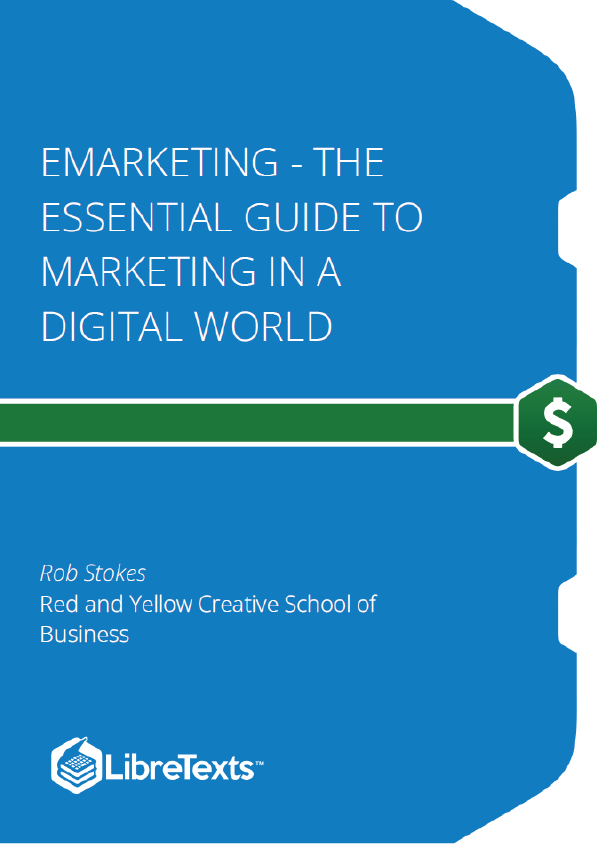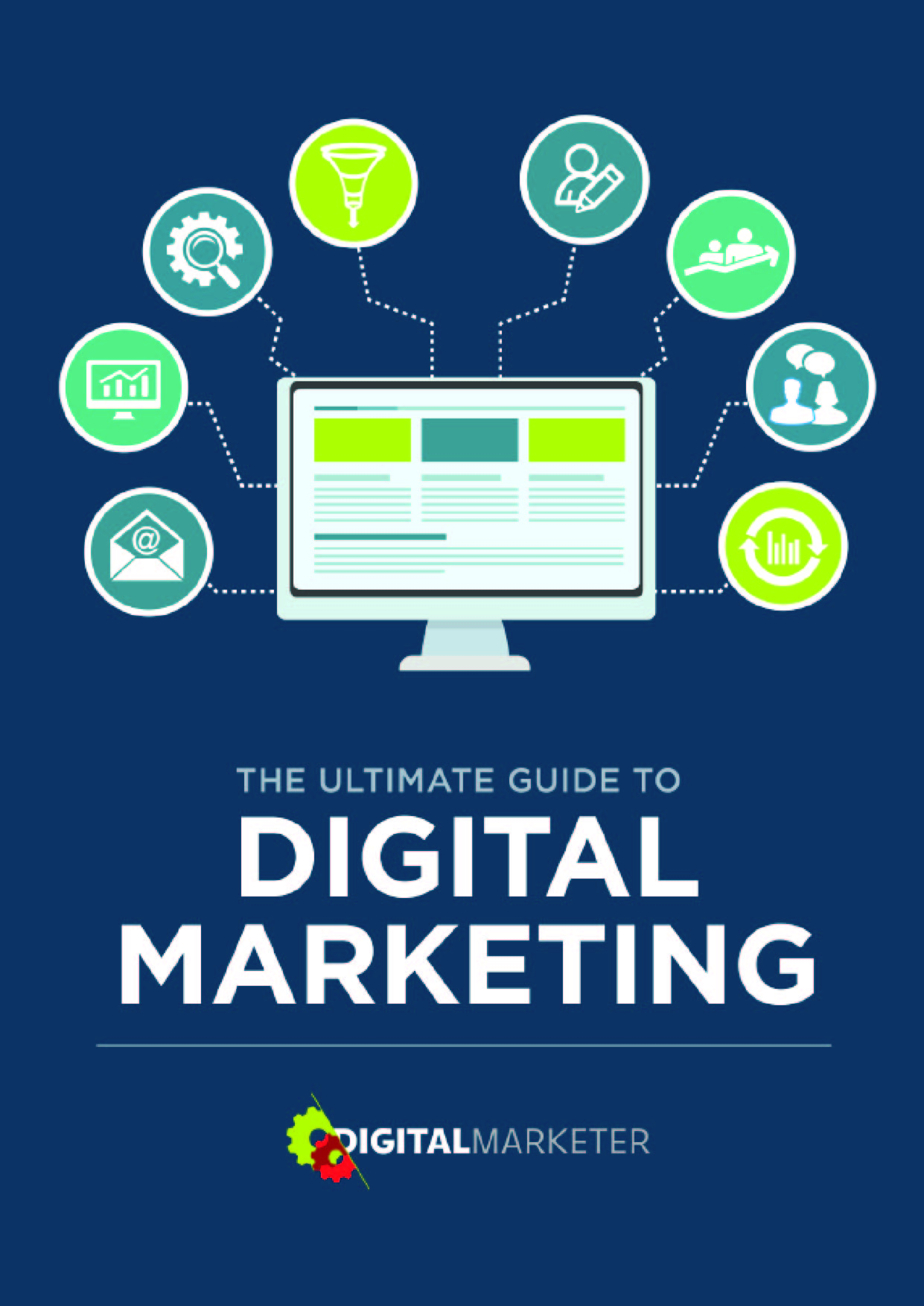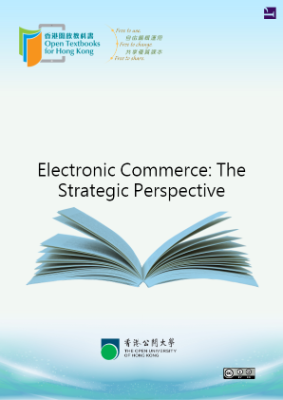How does digital marketing fit into this definition? There is, in fact, no difference between ‘traditional’ marketing and digital marketing. They are one and the same, apart from digital being specific to a medium.
Ultimately, the aim of any type of marketing is to keep and grow a customer base and stimulate sales in the future. Digital communication tools contribute towards connecting and building long-term relationships with customers.
What is digital? Bud Caddell defines ‘digital’ as “A participatory layer of all media that allows users to self-select their own experiences, and affords marketers the ability to bridge media, gain feedback, iterate their message, and collect relationships” (Caddell, 2013). In other words, digital is a way of exploring content and ideas (for users) and connecting with and understanding customers (for marketers).
Digital marketing is powerful in two fundamental ways. First, the audience can be segmented very precisely, even down to factors like current location and recent brand interactions, which means that messages can (and must) be personalised and tailored specially for them.
Second, the digital sphere is almost completely measurable. Every minute and every click by a customer can be accounted for. In digital you can see exactly how various campaigns are performing, which channels bring the most benefit, and where your efforts are best focused. Cumulatively, access to data that measures the whole customer experience should lead to data driven decision making.
Learn more about this in the Data driven decision making chapter.
The complete scope of marketing is practised on the Internet. Products and services are positioned and promoted, purchased, distributed and serviced. The web provides consumers with more choice, more influence and more power. Brands constantly have new ways of selling, new products and services to sell, and new markets to which they can sell.
Digital marketing helps to create consumer demand by using the power of the interconnected, interactive web. It enables the exchange of currency but more than that, it enables the exchange of attention for value.
An exchange of value
If marketing creates and satisfies demand, digital marketing drives the creation of demand using the power of the Internet, and satisfies this demand in new and innovative ways.
A brand on the Internet can gain value in the form of time, attention and advocacy from the consumer. For the user value can be added in the form of entertainment, education and utility. Brands build loyalty among users who love their products or services and must align with users’ values and aspirations. Users fall in love with products and services when their experience is tailored to their needs, and not the needs of the brand.











